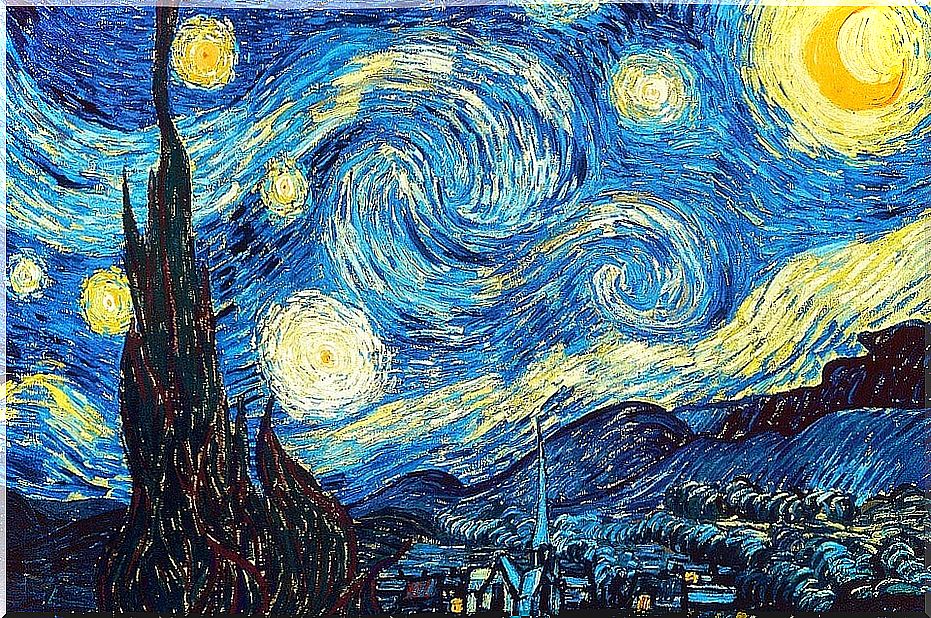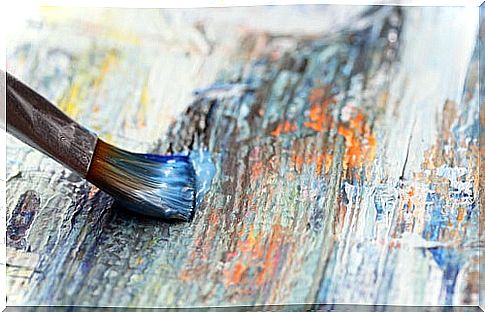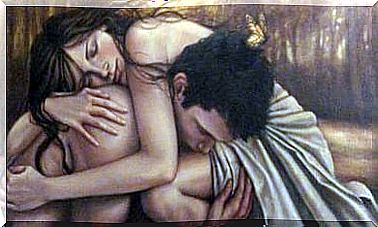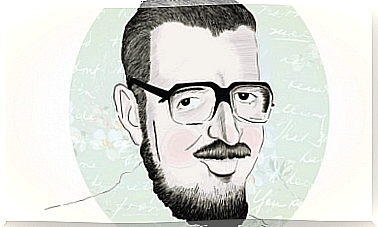Psychology Of Art: Concept And Characteristics

The psychology of art is a field of psychology that has as its study elements the creation and artistic appreciation from a psychological point of view. The objectives of the psychology of art are similar to those pursued by other related disciplines of psychology, especially. These are the ones that study the basic processes – such as perception, memory and emotion – and the higher functions of thought and language.
However, the objective of this discipline is not only practical, but also theoretical. This discipline tries to develop theories of both creative and perceptual activity. For this, it does not dispense with the fundamental concepts and principles of scientific psychology.

Psychology of art and disciplines
The psychology of art does not encompass its own fields, but also those studied by psychology, as they are related. Thus, psychobiology, evolutionary psychology, psychopathology or personality studies are areas in which art has a relationship with them due to their study. Therefore, the task involved in this discipline is highly complex.
On the other hand, the psychology of art is a new field in many countries. Thus, while in English the references of the works are abundant, in Spanish there is a smaller amount of published works, being in most cases texts based on psychoanalysis .
This discipline also maintains a relationship with other disciplines such as philosophy. His contribution comes from his foundations with the understanding of aesthetic phenomena. The contribution of the History of Art is also relevant as the works can be analyzed from a psychological perspective.
Trajectory of the psychology of art
Many psychotherapists have wanted to study and verify the healing effects of art, individually and also in groups. This type of study of the psychological element with the artistic is known as art therapy. Art therapy emerged decades ago through rehabilitation programs that use techniques such as writing, music, painting, etc. Despite this, incorporation into the hospital environment is still slow and difficult.
However, the so-called psychology of art has become popular, which is based on the development of creativity and the reduction of stress and anxiety thanks to the learning of classical artistic techniques (painting, sculpture, complementary plastic arts).
The contributions of this discipline have been varied. The Gestal school, Gustav Fechner, Sigmun Freud, Vygotsky and Gardner, have been the main authors who played a relevant role in its creation.
For Vygotsky, the highest degree of civility is the expression of art and culture, and work is a means for socio-historical evolution. His doctoral thesis on Psychology of art marked a milestone in psychology by appealing to the “unconscious” to define the essential aspect of art.
However, Vygotsky was aware that art was not a primary or physiological need, taking into account Abraham Maslow’s point of view. In addition, the unconscious aspect of art was not comparable with the dreamlike unconscious processes, but rather art is a step towards the latent subconscious of the human being in full wakefulness.

Psychological benefits of art
It has recently been discovered that paint allows the release of dopamine – the hormone that provides the sensation of reward – and endorphins, the hormones of the sensation of well-being that are released, for example, when we perform physical exercise.
On the other hand, it is known that when one finishes a work of art, it provides a feeling of happiness very similar to that experienced when having children. This is due to the release of oxytocin.
Some of the main benefits are as follows:
- Development of social skills.
- Release of stress and anxiety.
- Psychological well-being.
- Behavior control.
- Work on the Subconscious as a method of knowledge.
In short, although the psychology of art is a recent discipline, it has part of its origins in Vygotsky’s initial thesis. This is considered as a method of self-knowledge when working with the subconscious. It is also part of different branches of psychology as an essential element of work.
Thus, for example, in the context of psychological evaluation it is used responding to more specific interests of the evaluator, while in art therapy workshops it is used with a free therapeutic objective or self-knowledge.
Knowing the psychology of art opens the doors to a wonderful world of expression regardless of the artistic manifestation: painting, writing, etc. As Pessoa said, ” art liberates us illusively, from the sordidness of being”.









